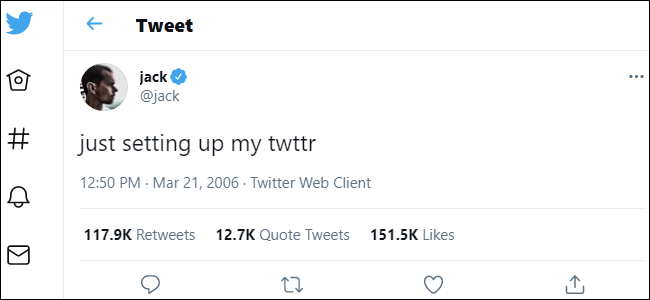Exactly 14 years ago, on January 3, 2009, the first block of Bitcoin (BTC), the “Genesis Block”, was “mined” by Satoshi Nakamoto, the person (or group) who developed the largest cryptocurrency on the market. On that day, the first batch of 50 BTC was mined. However, these cryptocurrencies could not be used or were never spent. Address 1A1zP1eP5QGefi2DMPTfTL5SLmv7DivfNa received block mining rewards. Today, that address has more than 66 BTC today, but the 50 BTC remain unmoved.
Genesis Block
The Genesis Block “hash” contains the title of the article “Chancellor on brink of second bailout for banks” (Chancellor on brink of second bailout for banks, in Portuguese) from the British edition of The Times.
Nakamoto mined Bitcoins for several years after the Genesis Block was created. But he disappeared permanently in 2011, leaving no further details about his identity, which remains a mystery to this day. On October 31, 2008, shortly before the launch of the BTC network, the cryptocurrency white paper was made public. But only a long time later, on January 12, 2009, the first transaction with Bitcoins took place. In it, Satoshi Nakamoto sent 10 BTC to Hal Finney.
How was Bitcoin created?
One of the probable reasons for the creation of Bitcoin was the global financial crisis that erupted in 2007-2008, throwing the entire world into deep economic turmoil. The crisis involved the collapse of major investment banks. The traditional American investment bank, Lehman Brothers, for example, was one of those that went bankrupt. In addition, the crisis resulted in a general decline in production, a drop in demand and prices for raw materials, an increase in unemployment and strong state intervention in the economy. Faced with this, Satoshi must have been convinced that the intermediaries – in this case, the banks – were the heart of the problem. So they needed to be eliminated somehow. So he developed decentralized ledger technology, which allows verification of transactions by distributed nodes. That is, there is no centralized authority in this process. The Bitcoin network, the first and largest cryptocurrency, uses a consensus mechanism called “Proof of Work – Pow” (or Proof of Work, in Portuguese) to protect the network. Also, BTC needs to be “mined” to be put into circulation. This occurs through mining.
Bitcoin price fluctuates since creation
Since its inception, Bitcoin has been on a rollercoaster ride. The main cryptocurrency, which has already been exchanged for pizzas, reached an all-time high of almost $70,000 in 2021. By the way, that year was especially remarkable for Bitcoin. After all, in addition to the historic record, in 2021, El Salvador began to accept cryptocurrency as a legal tender in the country. Furthermore, it was also in 2021 that Bitcoin witnessed an influx of institutional and high-profile investors. Among the most prominent examples is the great electric car maker Tesla, which bought $ 1.5 billion in Bitcoin. Bitcoin remains the world’s largest cryptocurrency, with a market cap of over $322 billion. BTC alone accounts for over 38% of the entire cryptocurrency market cap. At the time of writing this article, Bitcoin costs US$ 16,745, or R$ 89,910 in reais.
Bitcoin price chart over the last 24 hours. Source: CoinGecko Read also: Federal Council of Realtors authorizes the registration of documents on the blockchain Read also: IMF warns that world economy will be even more difficult in 2023 Read also: World Economic Forum describes the future of cryptocurrencies in 2023

